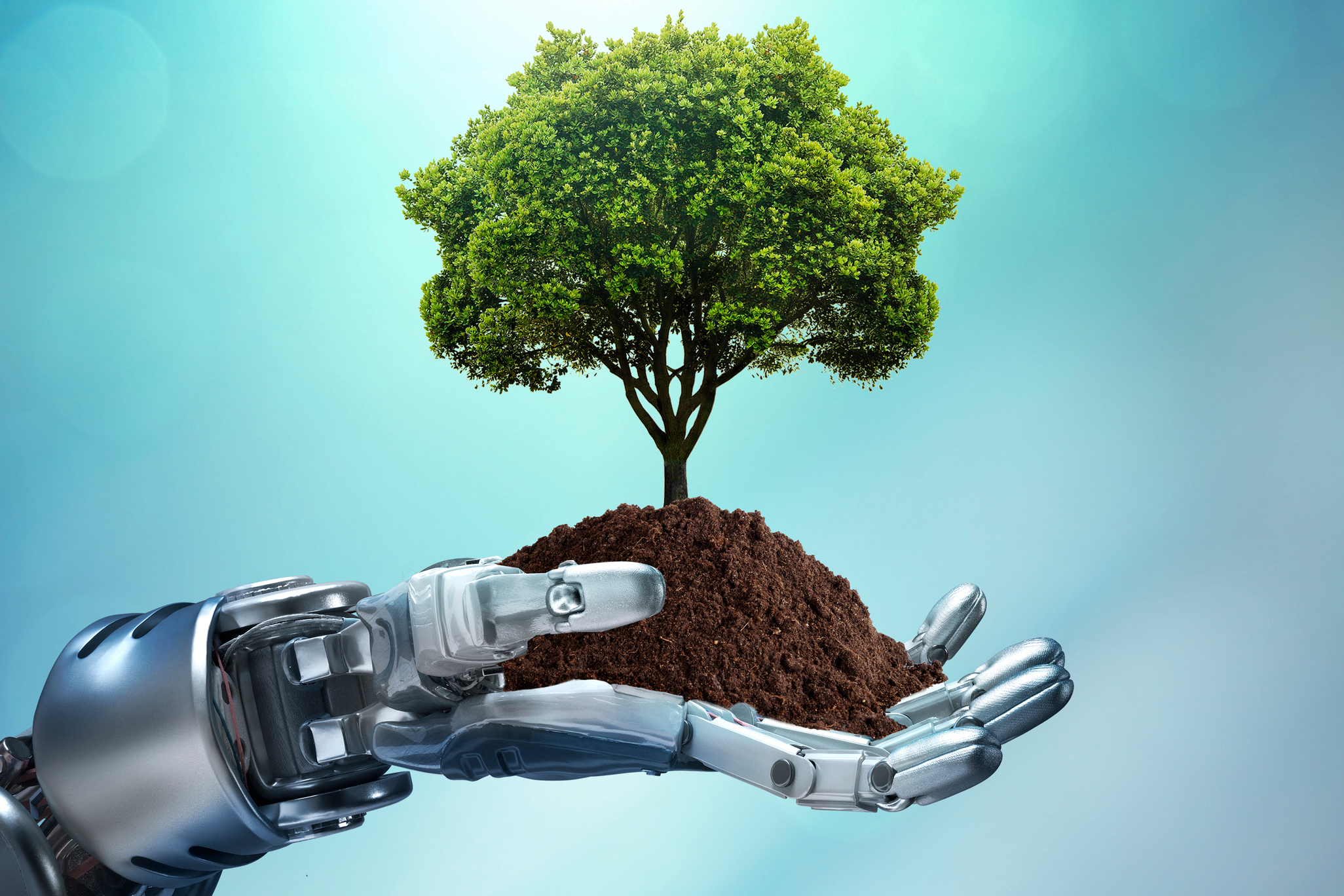The evolution of pasture stocking in Brazil is directly linked to the use of the most varied technologies. In 1940, for example, productivity in the country was 0.1 to 0.2 UA/ha (animal unit per hectare). It increased to 0.5 UA/ha with the use of African forage and is now at 1 UA/ha. With the ILP (Crop-Livestock Integration) as pasture reform, it is possible to reach 3 UA per hectare, a growth of 200%, according to research, and maximum limit for this technology. It is worth saying: one AU corresponds to 450 kilos of live weight.
But now, according to Fernando Campos de Mendonça, professor of the department of biosystems engineering at Esalq/USP (Escola Superior de Agricultura Luis de Queiroz/ University of São Paulo), cattle ranching is experiencing a crucial moment of paradigm shift. "Cattle ranching for a long time has incorporated new areas and productivity remained low, with low occupancy, without increasing the number of animals per area. Agriculture came out ahead because (in cattle ranching) very little is produced without technology, which makes the activity unfeasible".
The researcher reports that in intensive production systems, colder areas of the Center-South for example, it is possible to reach 10 UA per ha. More to the North of the country, with irrigation technologies, 20 UA per hectare. "In a fiction exercise, if we use all the available technology in cattle ranching we would reduce the area to 1/3. With intensive cattle ranching, to 1/10. This means leaving 170 million hectares of pasture to 17 to 18 million hectares, freeing an enormous area for other agricultural activities. This is what I believe will happen (not in these proportions) in the future of 10 to 20 years: release of area for agriculture and increase in productivity of livestock.
To survive, therefore, the path of applying technology will be inevitable. Mendonça points out, however, that the cattle rancher is still in a snooker: on the one hand the resistance due to the very tradition of the business and on the other the fear of losing money by investing in technologies that he often does not know. "People come every day to the gatekeeper wanting to sell something and he doesn't know who is telling the truth. A while ago, for instance, the liquid limestone appeared in which one would spend until one tenth less then the powder, the producer would spend less, and today one talks very little about it. They are miraculous phytosanitary products, fertilizers, monitoring techniques, chip for herd control, management systems and he can't get to know all this."
A reliable technical assistance, therefore, becomes fundamental, which helps the producer to study the possibilities of application. The professor also cites the talk of the milk producer, Nivaldo Nichetti, on how to choose the best technology. There are three questions: does this technology add value? Does it reduce work? Does it have any impact on the environment? Well, if the technology doesn't add value, it doesn't make any sense. The second point is to reduce the work within a team and, finally, impact less on the environment, which is a positive advertisement, even more so in times when agribusiness is being attacked from all sides.
Another point is to visit properties of the same size and profile, where the farmer can see if the technology he is trying to implement is working elsewhere. "If someone wants to sell this technology, ask if there are places where it is already implemented. This is an excellent business card."
Finally, the researcher emphasizes how one of his works brings all the fundamental foundations for a technology to be successful. Together with mechatronic engineer Thiago Alberto Cabral Cruz, he works with automatic and intelligent irrigation management systems, including for pastures. "With a meteorological station and soil moisture sensors, it is possible to monitor the water application rate in a variable way, without the producer having to regulate the controller. Irrigation can also be done at night and, if it rains, the system detects rain and shuts down. When the precipitation ends, the system shows if it was enough and if it wasn't, determines that the pump should start again."

Comments
Post a Comment